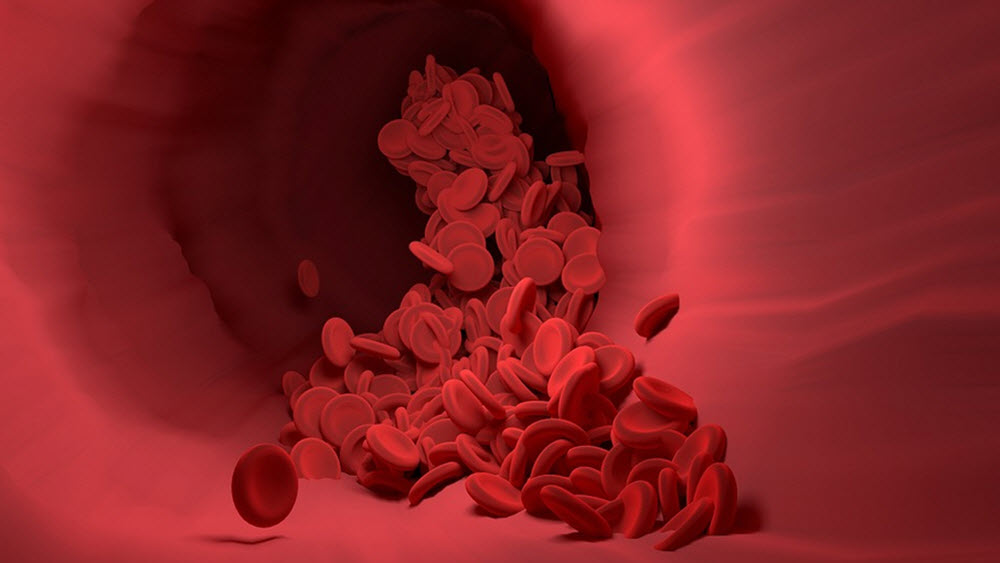Contents
Blood types are classifications based on the presence or absence of specific antigens on the surface of red blood cells. These classifications are crucial for safe blood transfusions, organ transplants, and understanding and managing various medical conditions.
The ABO and Rh systems are the primary classifications used in clinical practice, and knowing your blood type can be vital in emergencies. Advances in medical research continue to uncover the importance of blood types in health and disease, underscoring their significance in medicine.
The ABO and Rh systems are not the only systems relevant for medical reasons. As of December 2023, the International Society of Blood Transfusion (ISBT) recognized a total of 45 different human blood group systems.

The ABO Blood Group System
The ABO system is the most well-known and clinically significant blood group system. It categorizes blood into four types based on the presence or absence of A and B antigens on red blood cells.
- Type A: Has A antigens on the surface of red blood cells and anti-B antibodies in the plasma.
- Type B: Has B antigens on the surface of red blood cells and anti-A antibodies in the plasma.
- Type AB: Has both A and B antigens on the surface of red blood cells and no anti-A or anti-B antibodies in the plasma. Known as the universal recipient, since this person can receive blood from any donor (A, B, AB, or O).
- Type O: Has no A or B antigens on the surface of red blood cells and both anti-A and anti-B antibodies in the plasma. Known as the universal donor, since anyone can receive type O blood.
The Rh Blood Group System
The Rh system is the second most important blood group system in clinical practice. It is based on the presence or absence of the Rh factor (also known as the D antigen).
- Rh Positive (Rh+): The D antigen is present on the surface of red blood cells.
- Rh Negative (Rh-): The D antigen is absent on the surface of red blood cells.
If we dig a little deeper, we see that the Rh blood group system of today consists of over 50 antigens and among them the most important ones are D, C, c, E, and e. (The is no d antigen, only D.) In everyday use, however, someone being Rh positive means that they are Rh (D) positive, while Rh negative blood is Rh (D) negative. The terms Rh factor, Rh positive and Rh negative is thus used only for the Rh (D) antigen.
Combining ABO and Rh Systems
Combining the ABO and Rh systems results in eight possible blood types:
- A+
- A-
- B+
- B-
- AB+
- AB-
- O+
- O-
Importance of Blood Types
1. Blood Transfusions
- Compatibility: It is essential to match the donor’s and recipient’s blood types to prevent adverse reactions. For example, type O- is the universal donor for red blood cells, while AB+ is the universal recipient.
- Transfusion Reactions: Incompatible transfusions can cause hemolytic reactions, where the recipient’s immune system attacks the donor red blood cells.
2. Pregnancy
- Rh Incompatibility: If an Rh- mother is carrying an Rh+ baby, there is a risk of Rh incompatibility, which can lead to hemolytic disease of the newborn. This condition can be managed with Rh immunoglobulin injections during pregnancy.
3. Organ Transplants
- Matching: Blood type compatibility is crucial for organ transplants to reduce the risk of rejection.
4. Disease Susceptibility
- Research: Studies have shown that certain blood types may be associated with varying risks for specific diseases, such as cardiovascular disease and certain infectious diseases
Blood Type Distribution
The distribution of blood types varies by population and ethnicity.
Here is a general distribution for the ABO and Rh systems in the United States:
- O+: 37.4%
- A+: 32.3%
- B+: 9.4%
- AB+: 3.2%
- O-: 6.6%
- A-: 6.3%
- B-: 1.7%
- AB-: 0.7%
Blood Typing Tests
Blood typing tests determine a person’s blood type by identifying the specific antigens present on their red blood cells. There are two common methods:
- Forward Typing: Involves mixing the patient’s blood with anti-A and anti-B antibodies to see if agglutination (clumping) occurs, indicating the presence of A or B antigens.
- Reverse Typing: Involves mixing the patient’s plasma with A and B red blood cells to check for agglutination, indicating the presence of anti-A or anti-B antibodies in the plasma.
When blood is mixed, e.g. through a blood transfer, the most important things to know about the donor and the recipient´s blood groups are the ABO classification and the Rh situation. As far as we know, the other human blood group systems have a relatively small risk of causing complications when blood is mixed. Therefore, ABO and Rh testing is prioritized in most emergency situation, e.g. for emergency blood transfusions. In some cases, only ABO testing is carried out.
In Europe, (pre-menoupausal) women who need a blood transfusion are often tested for the K and extended Rh antigens to prevent sensitization to these antigens. This is because sensitization of the woman can increase the risk of hemolytic disease of the fetus and newborn. This is an alloimmune condition that develops in a fetus at or around birth, when the IgG molecules produced by the mother pass through the placenta to the fetus.
In this context, K is short for the Kell antigen system, also known as the Kell-Cellano system. The Kell antigens are peptides found within the Kell protein. They are named K, k, Kpa, Kpb, Jsa, and Jsb, and they are all antigens that can be present on the human red blood cell surface. The Kell antigens are targets for certain autoimmune and alloimmune diseases that destroy red blood cells.